Powering up the UK’s energy transition
A University of Bath team is leading the charge toward reform in the energy industry, cutting carbon emissions and costs by blending cutting-edge digital technologies, artificial intelligence and economic policy innovations into globally influential research
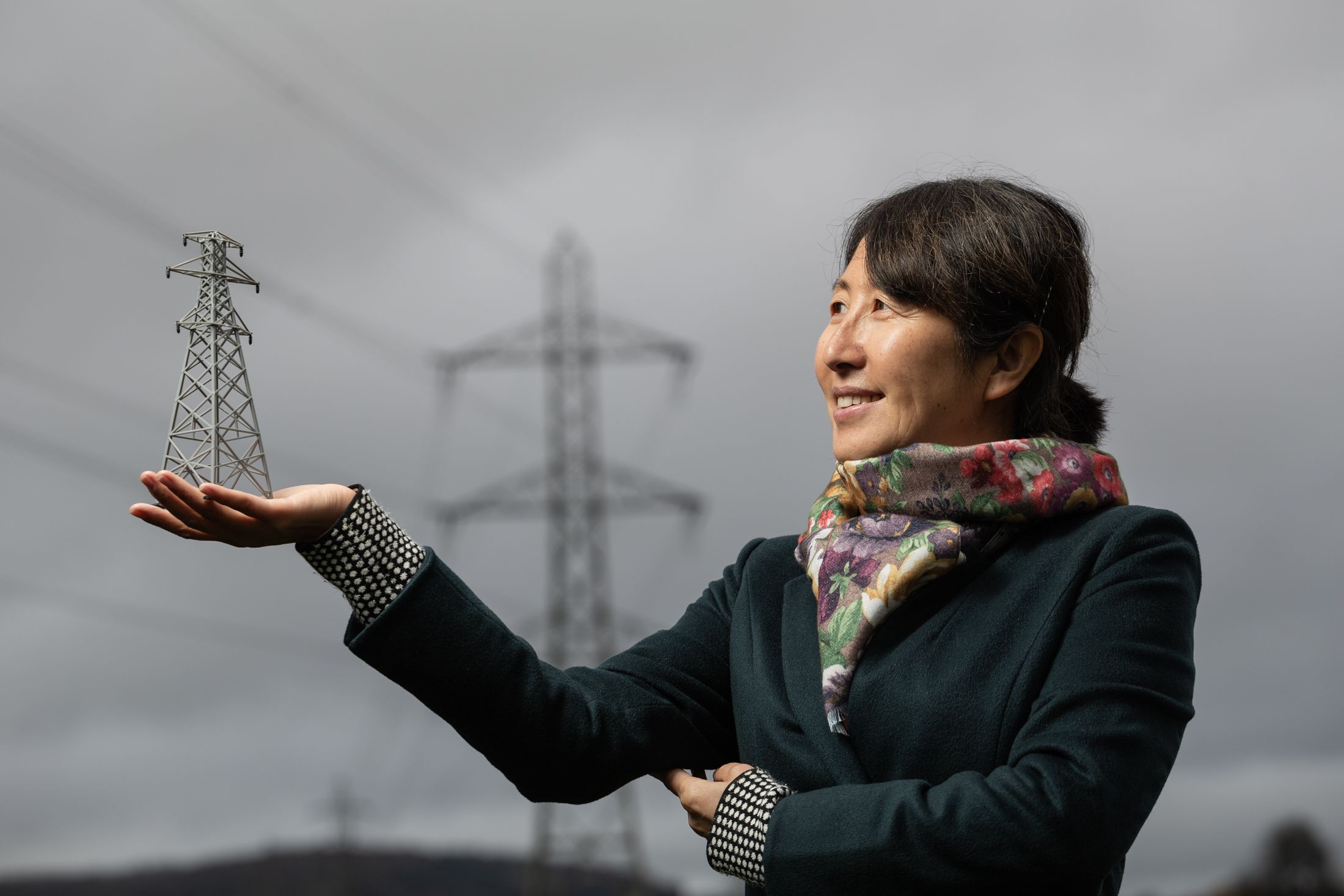
Wide-ranging and influential research
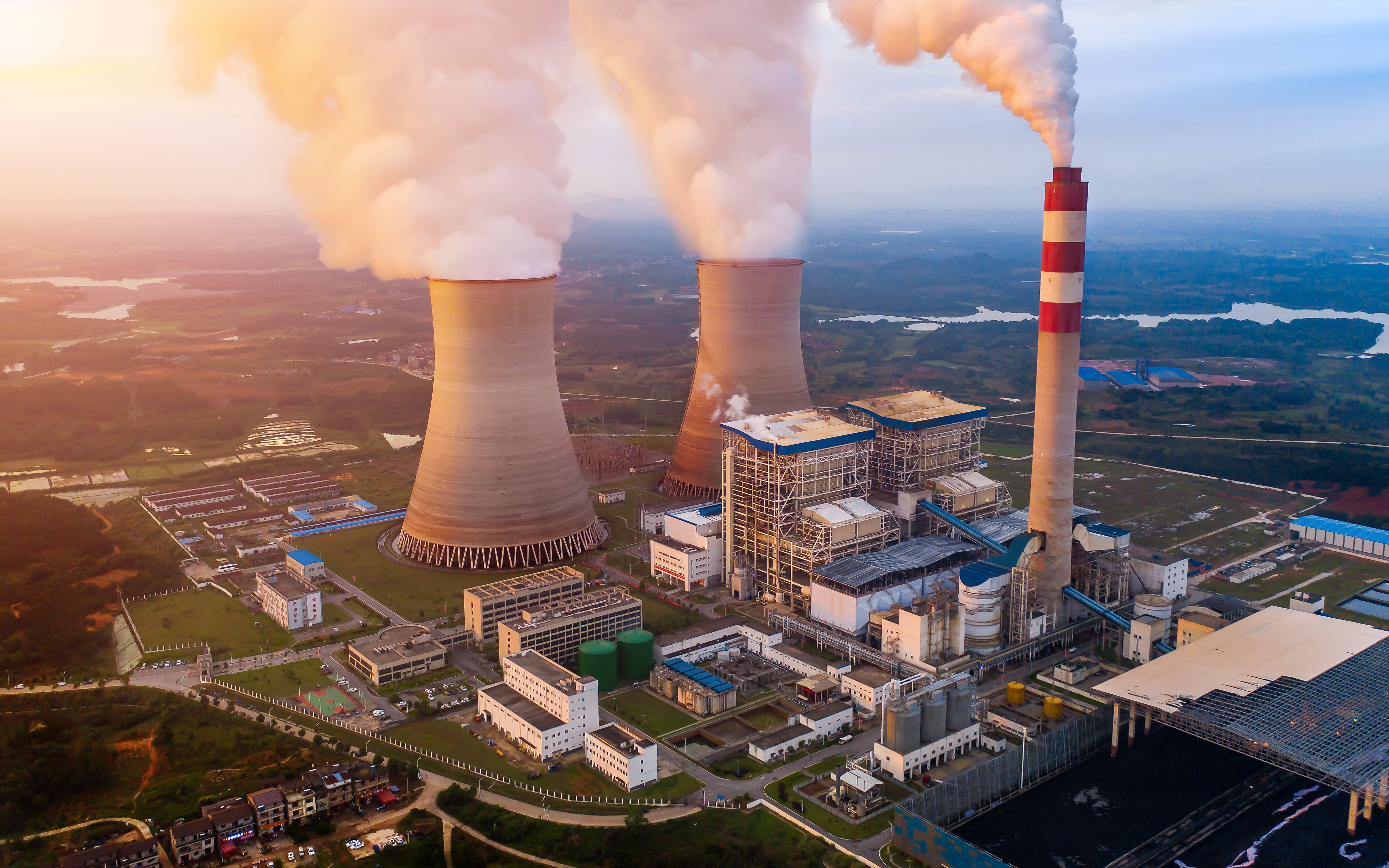
Bath research into energy networks saves 575,000 tons of CO2 annually, by giving power operators a clearer understanding of consumers' actual usage
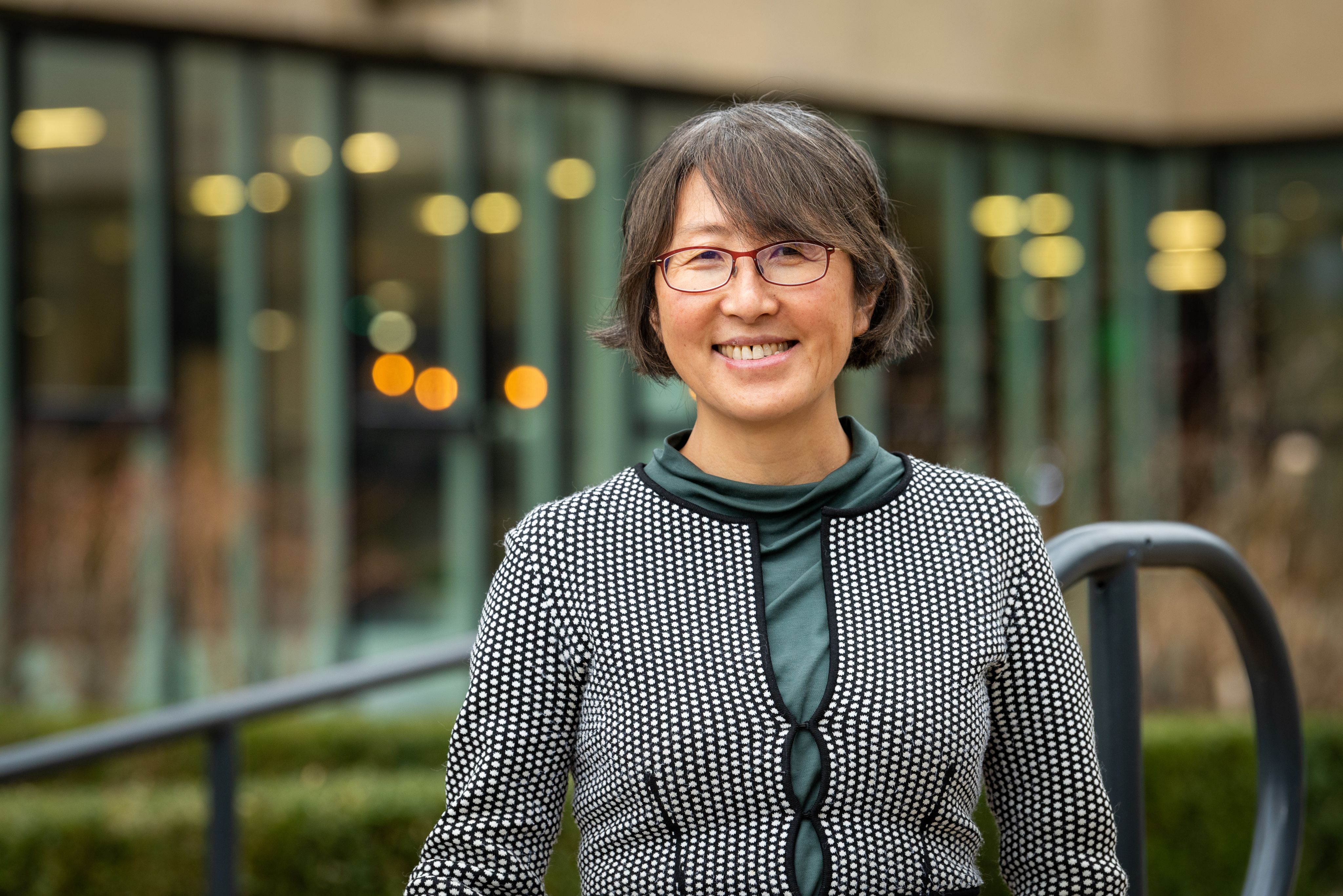
Professor Furong Li leads a team that uses digital technologies to identify cost and carbon savings, new market models and routes to Net Zero

A new approach to distribution cost calculations was adopted as industry standard in the UK, spurring integration of renewables and triggering market reviews around the world
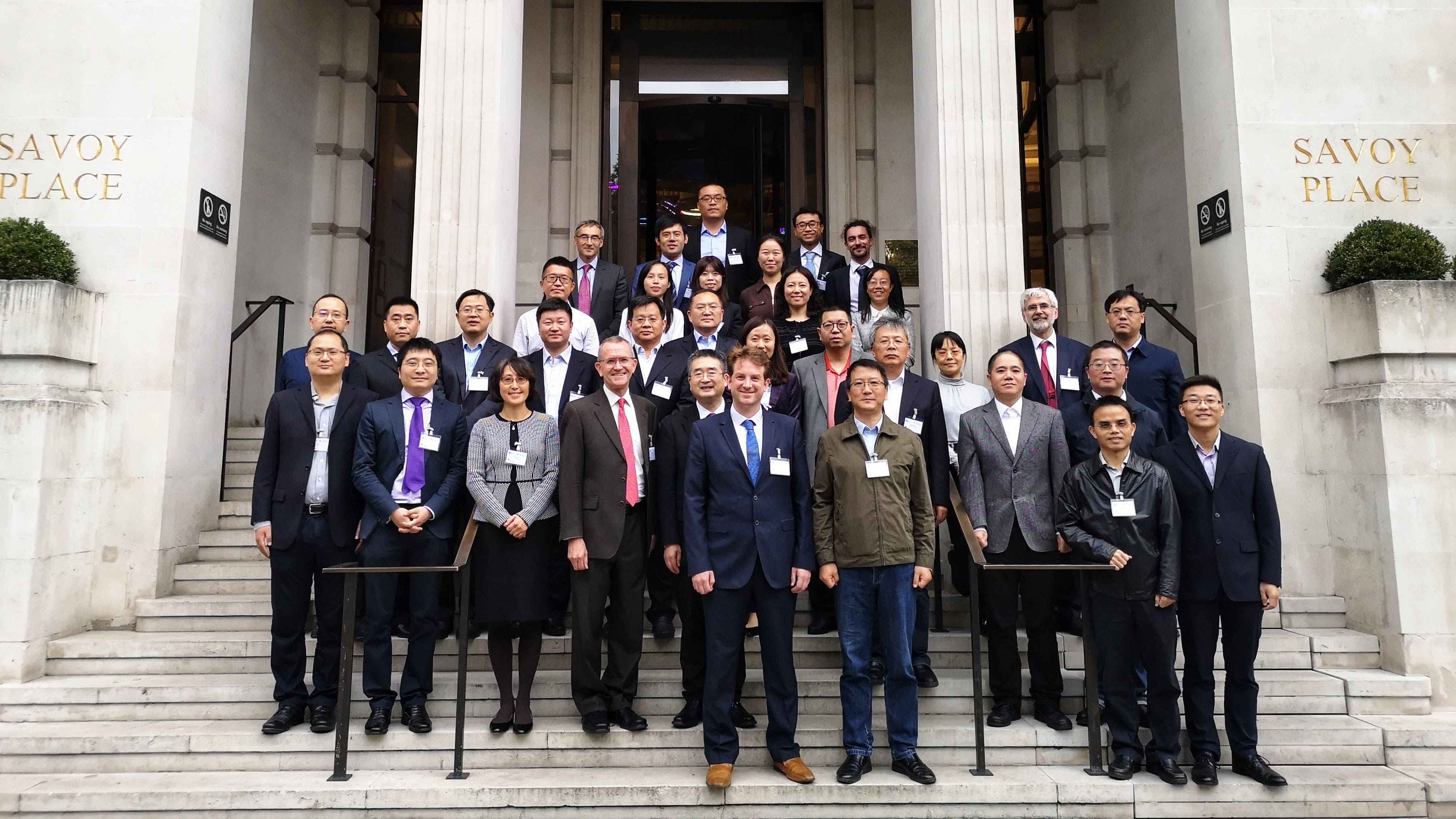
Our academics are helping to steer UK policies on decarbonisation and the adoption of renewable energy, while providing global leadership
When considering the marks humankind has made on our world, no system is larger, more ubiquitous, or more crucial to modern life than our electricity networks. Supplying power to our homes, schools, hospitals, industries and our digital landscapes, they are the lifeblood of the way we live now.
The ongoing energy crisis is a clear example of how energy is deeply woven into our daily lives. Geopolitical ruptures, and their impact on energy, can affect everything from worldwide economies and politics to our individual wellbeing and the pounds in our pocket. The war in Ukraine has pushed up UK consumers’ electricity bills by a shocking 375% - from £40 billion in 2019 to £190bn in 2021.
The power networks we rely on in the UK, while well-established and seemingly ever reliable, are in many ways a reflection of our society: constantly changing as new opportunities arise, and ever at risk from emerging threats.
As the need to drastically reduce our impacts on the environment comes into greater focus, alongside the cost of living and our use of resources, the ways we power modern life are coming under increasing scrutiny.
The work of teams led by Furong Li, a Professor of Electrical Power Systems based in our Department of Electronic & Electrical Engineering, is helping the energy industry prepare and adapt for a net zero world, with research comprising new power engineering, digital technologies and innovations in market economics.
These teams include the Centre for Sustainable Power Distribution, a research centre focused on developing new technical, digital and commercial solutions to issues surrounding smart grids, mobility and homes; the Digital Net Zero energy systems lab, which carries out whole-system research into scalable, agile solutions to accelerate the sustainable transition to net zero, and the Centre for Sustainable Energy Systems, a cross-Faculty centre to address grand energy challenges.

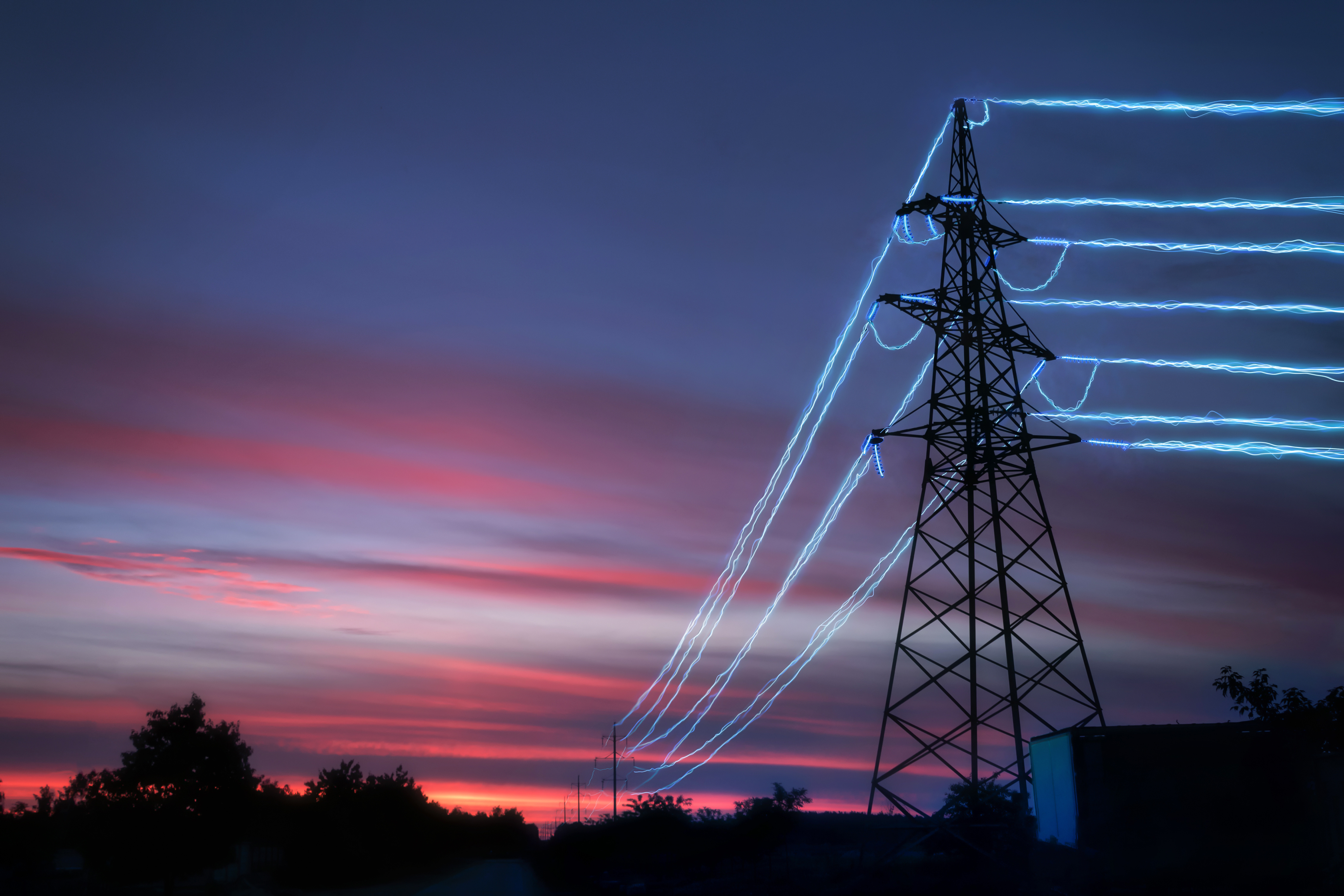
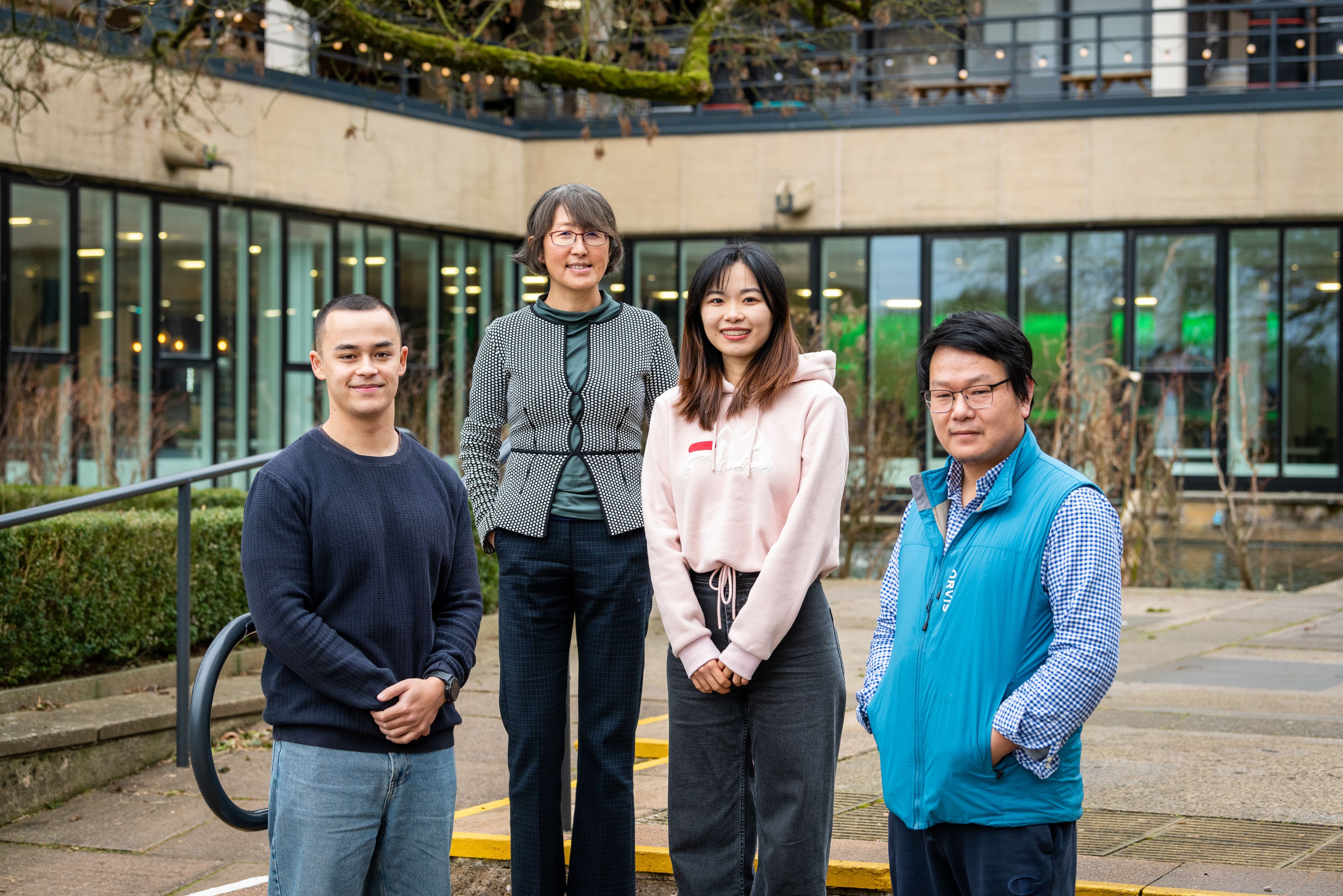
Professor Furong Li (centre left), with PhD students Isaac Flower and Yunting Liu, and Dr Chenghong Gu, Reader in Energy System Resilience
Professor Furong Li (centre left), with PhD students Isaac Flower and Yunting Liu, and Dr Chenghong Gu, Reader in Energy System Resilience
A complex landscape and a 3D transformation
Never have the UK’s energy networks faced as many challenges as they do now. Soaring costs, the pressing need to reduce environmental impacts, and the advent of renewable generation alongside changing consumer technologies and associated behaviours are just some of the obstacles the industry is grappling with.
Power networks in the UK are undergoing a ‘3D’ transformation – one which is founded in decarbonisation, decentralisation and digitalisation.
Decarbonisation consists of moving from carbon-based power sources – mainly coal and gas – and replacing them with a large number of clean technologies, such as lower-carbon power including nuclear or zero-carbon renewables – solar and wind - at various scales.
Digitalisation using digital assets, such as live monitoring, data and analytics functions to provide the industry, and later consumers, with a clear picture of resource levels and demands lie in real time. This will give large power stations and National Grid a better basis from which to plan times and scale of production and help Distribution Network Operators – the companies that operate the regional network of towers, transformers, cables and meters that carry electricity and distribute it throughout Britain, known as DNOs – set voltages on local networks and deliver energy at a high reliability and a lower cost.
Decentralisation will see the introduction of smart and flexible energy systems, moving from a model of centralised decision-making dominated by large energy companies and organisations, to a highly distributed model that would see emerging energy players such as aggregators working alongside homeowners, in collaboration with the existing major companies. This system would provide financial incentives to consumers to use energy at times of plentiful supply or doing the opposite when outputs of renewable sources drop, or networks are congested, responding to demand more flexibly.
Professor Li says: “The UK is in the race to capitalise on the economic benefits from the Government commitment to take our energy transition further and faster. Our energy system has been until very recently very centralised – a transmission network connecting with a few hundred large power stations, dominated by coal, gas and nuclear, that essentially transports energy to regional level.
"Regional network operators passively supply this energy to people’s homes, to businesses or to hospitals, assuming that individuals have very little ability to shift their demand. This centralised system is heavily dependent on fossil generation, such as gas power plants, to meet our ‘rigid demand’ - this makes it difficult to rely on home-grown clean energy.”

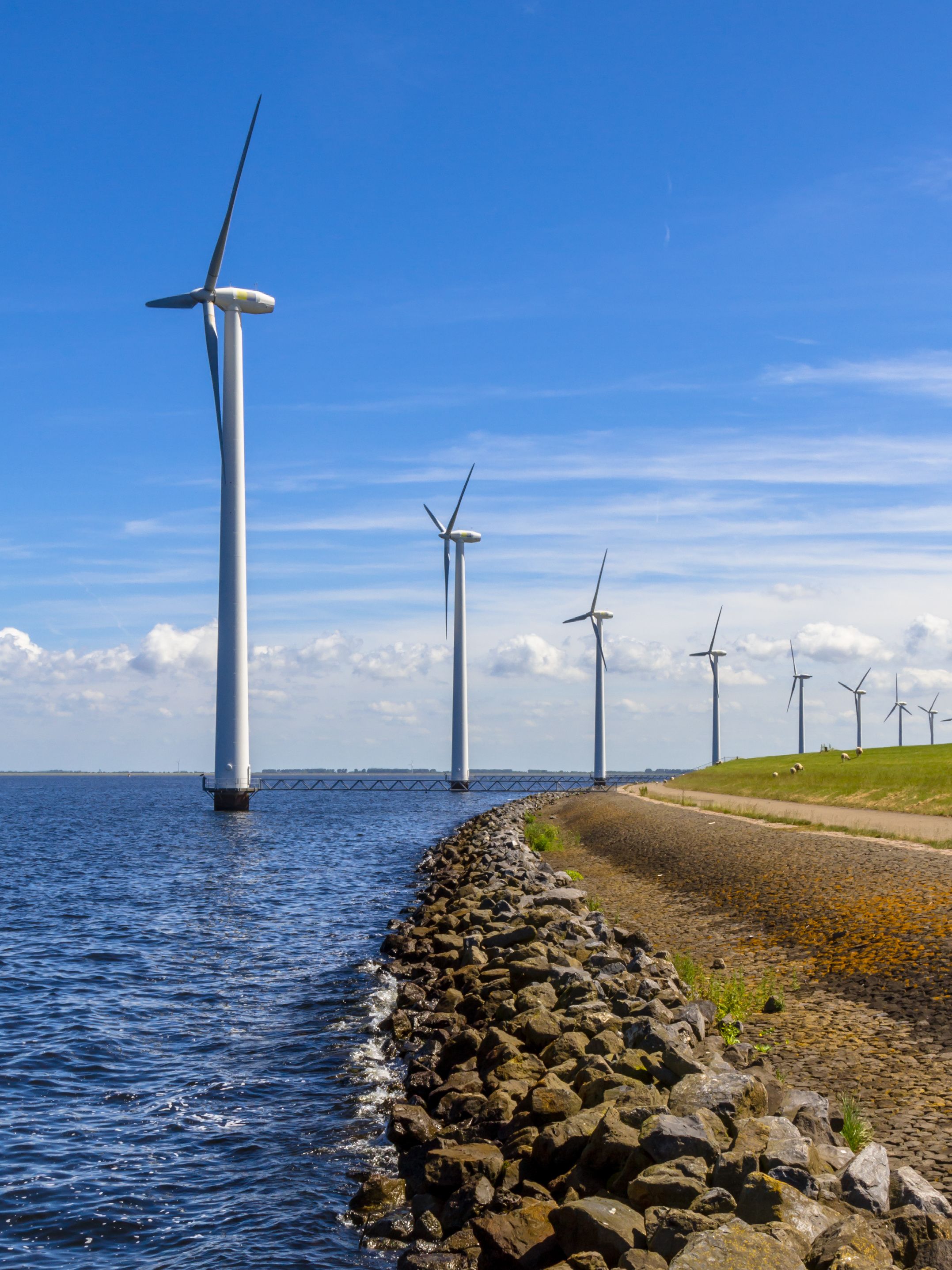
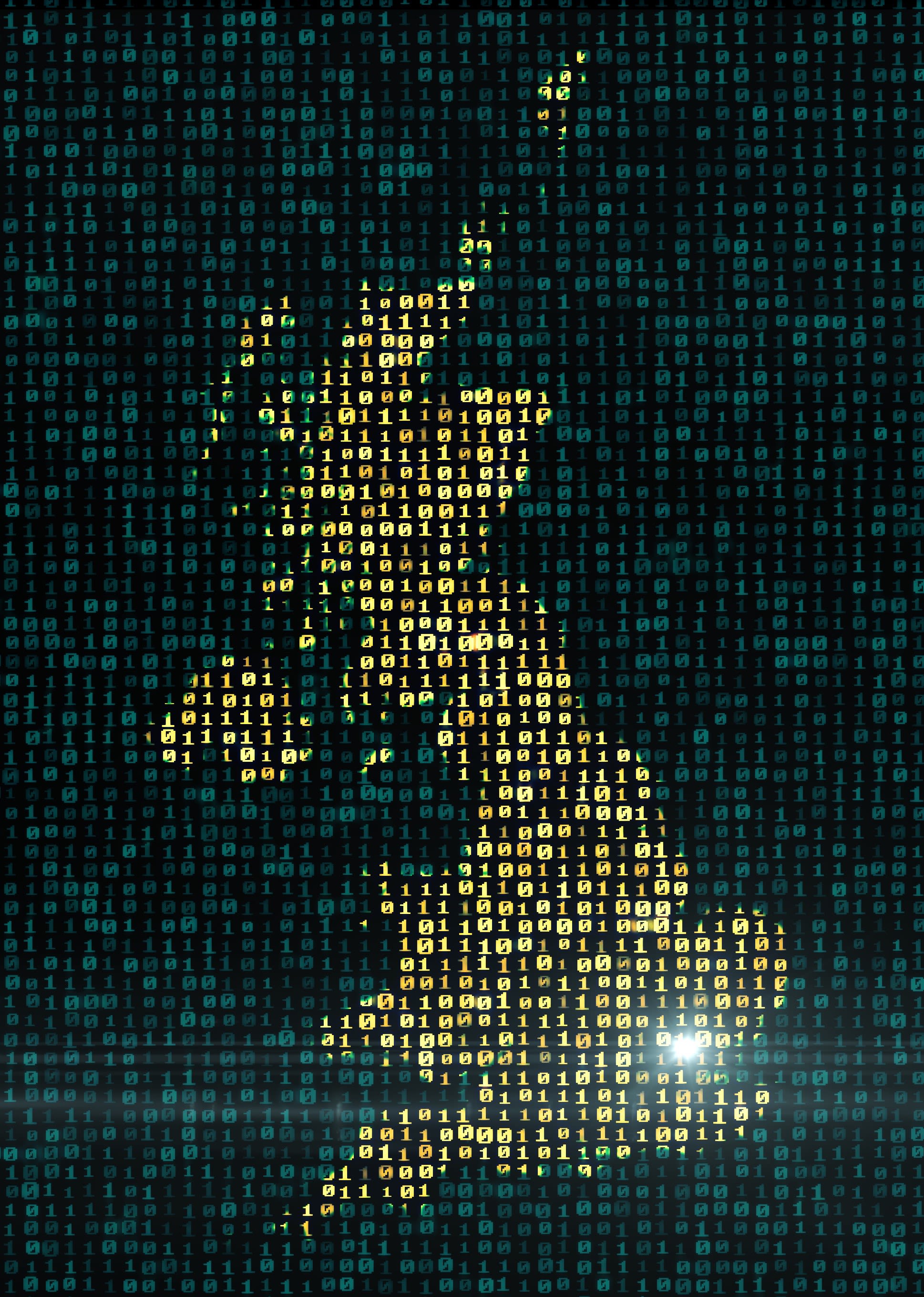
Bath’s approach to the crucial ‘Last Mile’
The UK was the first major economy to commit to reaching Net Zero carbon emissions by 2050 and this commitment, which was introduced in 2019, is a major driver of change.
Nearly half the fossil fuel gas consumed in the UK each year goes on heating. A ban on installing gas boilers in new homes from 2025 will see them replaced by in the main by air source heat pumps, which are also expected to replace existing boilers as they come to the end of their working lives. It is predicted that 600,000 will be installed each year by 2028.
Sales of new petrol and diesel cars will also be phased out by 2030, in favour of electric vehicles (EVs).
These measures, just two parts of a wide-ranging strategy, will electrify many aspects of daily life. Our networks will soon have to cater not just for power, but also heat and transport, alongside managing a huge influx of new (and variable) renewable energy inputs.
This emerging model is why better understanding of energy supply and demand – and better tools to help predict them – are key goals for research at Bath.
These tools will need to include ways of better visualising energy usage patterns, Prof Li says. The DNOs that manage our electricity supplies work to link up generation through the national electricity transmission systems, which operate at high voltages of up to 23 kilovolts (kV), supplying heavy and light industry, and onto domestic settings, gradually stepping down the voltage to the 230V supplies we use at home.
These low-voltage networks, known as the ‘Last Mile’, are among the most complex parts of the network to manage, and a University of Bath research specialism.
To ensure reliability of supply, DNOs are legally obliged to deliver 230V domestic electricity within specified limits of +10% or -6% (effectively between 216V and 253V). Voltages are generally set as high as possible to allow for natural losses along the network. However, reducing voltages can bring benefits including saving resources, CO2 and in costs.
But how can DNOs know they can lower voltages safely?

Visualising the Last Mile
“In terms of scale, the last mile is the largest part of our electrical network - there are around 1 million last mile electricity substations in the UK,” says Prof Li. “But it’s not something that has been operated with a high degree of sophistication or deep understanding. Until recently we have had very little controllability.”
Prof Li regularly collaborates with National Grid Energy Distribution (formerly Western Power Distribution, or WPD), the DNO for the South West, South Wales and the Midlands, which controls 40% of the UK’s distribution systems.
Alongside WPD, Prof Li’s team carried out the largest smart grid innovation project to date, titled Development of Low Voltage Templates, to understand how much monitoring is required to enable DNOs to move to a more flexible and responsive operation model.
Monitoring 800 substations in an area of South Wales from Swansea to Newport, Prof Li’s team sought to understand patterns to energy usage, and whether these could be applied to unmonitored areas more widely, reducing the need for costly and complex UK-wide digital observation, that would take years to install.
Using a three-stage, AI-powered load-profiling method of clustering, classification and scaling, the team characterised the load profiles of a diverse range of substations, from urban, suburban and rural areas.
The result was a model of better accuracy of peak load forecasting – which achieved accuracy of 83% while monitoring just 0.01% of the area – and the creation of 10 template profiles. The profiles allow DNOs to effectively operate the last mile, by visualising energy usage patterns of locations, types and customer mixes.
Between 2010 and 2014, WPD implemented a voltage control programme in its South West licence area, delivering an estimated £14 million of savings for customers each year. The programme has now been applied in all four of WPD’s licence areas across the East Midlands, West Midlands, South West and South Wales, covering 7.9 million customers with estimated yearly savings of £116 million.
Evidence from the project allowed WPD to expand its voltage control program to all of its four distribution licence areas, saving approximately 575,000 tons of CO2 emissions every year.
This improved visibility will also maximise the opportunity to integrate low-carbon technologies like heat pumps, EVs, domestic renewables like solar panels, and domestic or community battery storage into the low voltage network.

The UK's Digital Spine
The UK Government is backing innovation in the sector with substantial funding and new ideas. In 2021, Ofgem announced a five-year £450 million Strategic Innovation Fund, which has called for ideas to reshape gas and electricity networks while generating commercial growth.
Prof Li says: “The approach the Government has taken over many years to ensure that as a nation the UK is a leader in energy market innovation is beneficial for research. Likewise, it is great that our research has often formed part of the debate when changes are considered.”
One of the submissions Bath’s researchers have made under the fund is a collaboration with Northern Power Grid to create a ‘digital twin’ of a regional network to improve system resilience.
A digital twin is a digital version of a real-life system (in this case a power network) that can be used for simulation, testing and prediction.
This twin would create a far more detailed picture of demand and resource in the area, and help the partners create plans to protect key locations like hospitals and schools, should the supply be interrupted. These could range from physical upgrades to cables and substations to counter the risk of flooding, to community engagement schemes to understand how public resources like domestic solar panels and electric vehicles could be used locally, if needed.
In February 2023, Prof Li was commissioned by BEIS alongside Arup and Energy System Catapult to undertake a feasibility study to investigate the need case for the Energy System ‘Digital Spine’, its benefits to a smart, flexible, decarbonised energy system, and the potential scope and data infrastructure.

A digital twin of our home city’s power network
Digital twins aren’t solely for the future – they’re already in use in our home city. Building on Bath's collaborative research into last mile visibility, the Digital Net Zero energy systems team has created a testbed for their monitoring and system integration work by creating a digital twin of Bath’s power networks.
Adding monitoring sensors to local substations and other assets has created a real-time online representation of the supply and demand in the city, which can identify how usage varies from one substation to the next.
One feature of the digital twin is the ability to calculate how many electric vehicles are in one area. This data can be fed back to the local DNO, which would then know how much additional network capacity to invest and how to supply a high enough voltage to that substation at specific times when locals charge their cars.
Some of the calculations are refined using external data, such as aggregated EV registrations, and weather and census information.
One surprising factor in decisions relating to data is that such huge quantities of data can be gathered from power network, 24 hours every day, is that data storage can itself become a drain on the network.
Prof Li says: “If data is not stored in an efficient and specific way, it can offset any benefit to be found in analysing it. Using existing outside data from reliable sources to enhance what DNOs can understand from a substation is a far smarter way of working that laboriously collecting everything.”
That smart thinking has been a characteristic of power network research at Bath for some time.
Market reform
Reforming the way UK energy markets work has for many years been on Prof Li’s agenda. The close coupling of gas and electricity prices, which has the effect of pushing up all electricity costs when gas is scarce or in high demand – even though gas generation makes up a smaller proportion of overall usage – has come into sharper focus in recent months. This measure was in part carried out in the temporary Cost Plus Revenue Limit introduced by the Government in October 2022.
Working with Northern Power Grid, Prof Li’s team calculated in 2020 that the creation of local energy markets, one potential opportunity offered by decoupling gas and electricity prices (or ‘market split’), could offer savings of around £90 billion between 2030 and 2050.
Renewable generation is being backed in the UK. The Government recently signed an agreement to increase the nation’s offshore wind capacity fivefold to 50 gigawatts by 2030.
Prof Li says: “The Government is accelerating the pace of deployments of offshore wind power, which will be crucial to our move to introduce more renewables into the power mix. If we introduce a better energy market to align demand with this renewable generation, our need for gas power stations would be far, far smaller.”
As well as storing power for when it’s needed, another aspect of future energy is likely to be providers encouraging – or financially incentivising – consumers to cut their usage in times when renewable generation falls. Five UK suppliers – British Gas, E.on, EDF, Octopus Energy and Shell Energy – have already trialled schemes offering to pay people for cutting their usage at peak times over winter to avoid energy shortages when renewable outputs are low.
Prof Li's team is now developing new commercial arrangements based on year-round rather than peak-time usage to incentivise customers to follow renewable generation. Arrangements like this could become more commonplace as these forms of energy take a bigger share of UK generation.


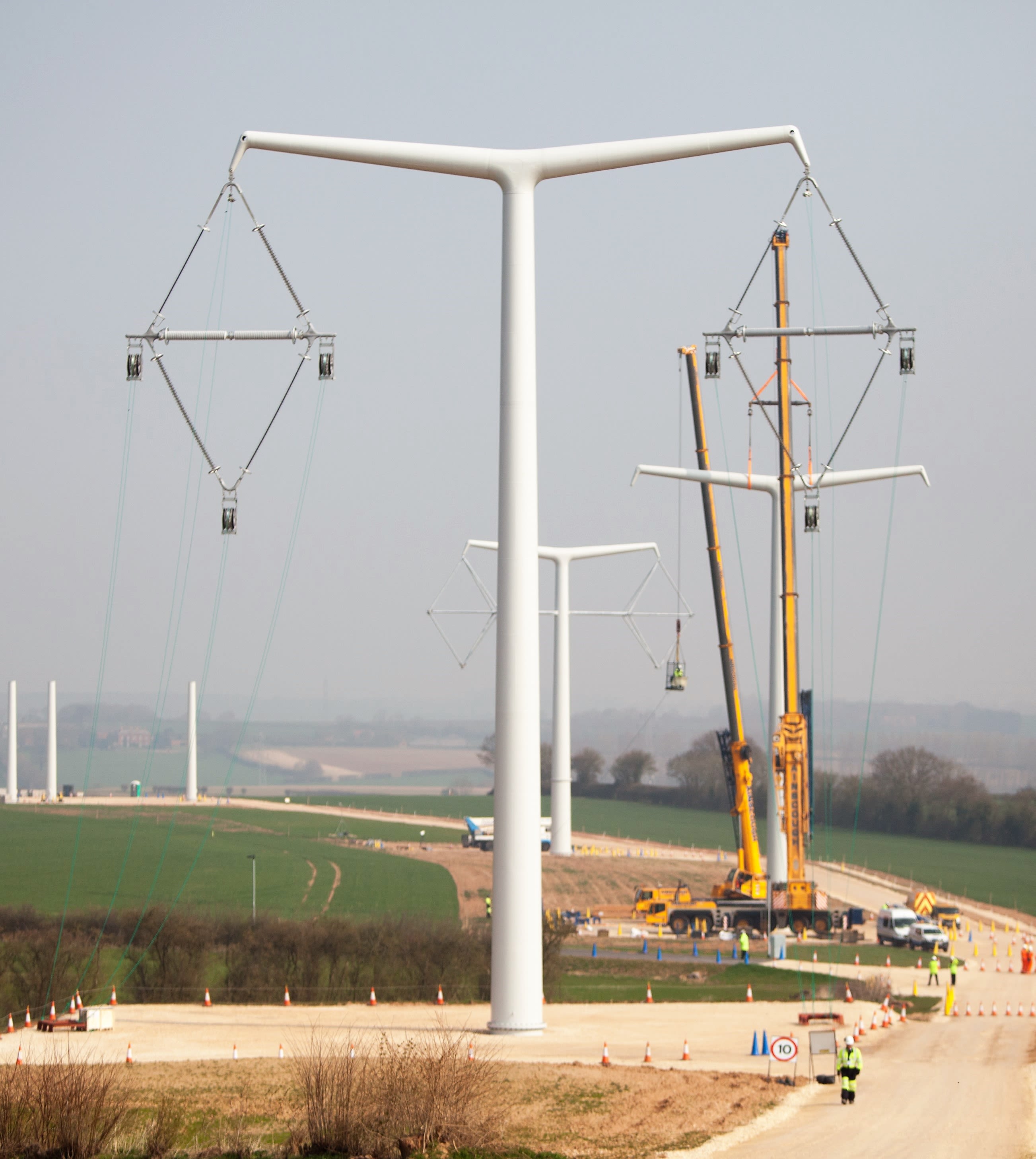
New-generation T-pylons, key parts of the future UK's power network, are being rolled out in the South West. Credit: National Grid
New-generation T-pylons, key parts of the future UK's power network, are being rolled out in the South West. Credit: National Grid
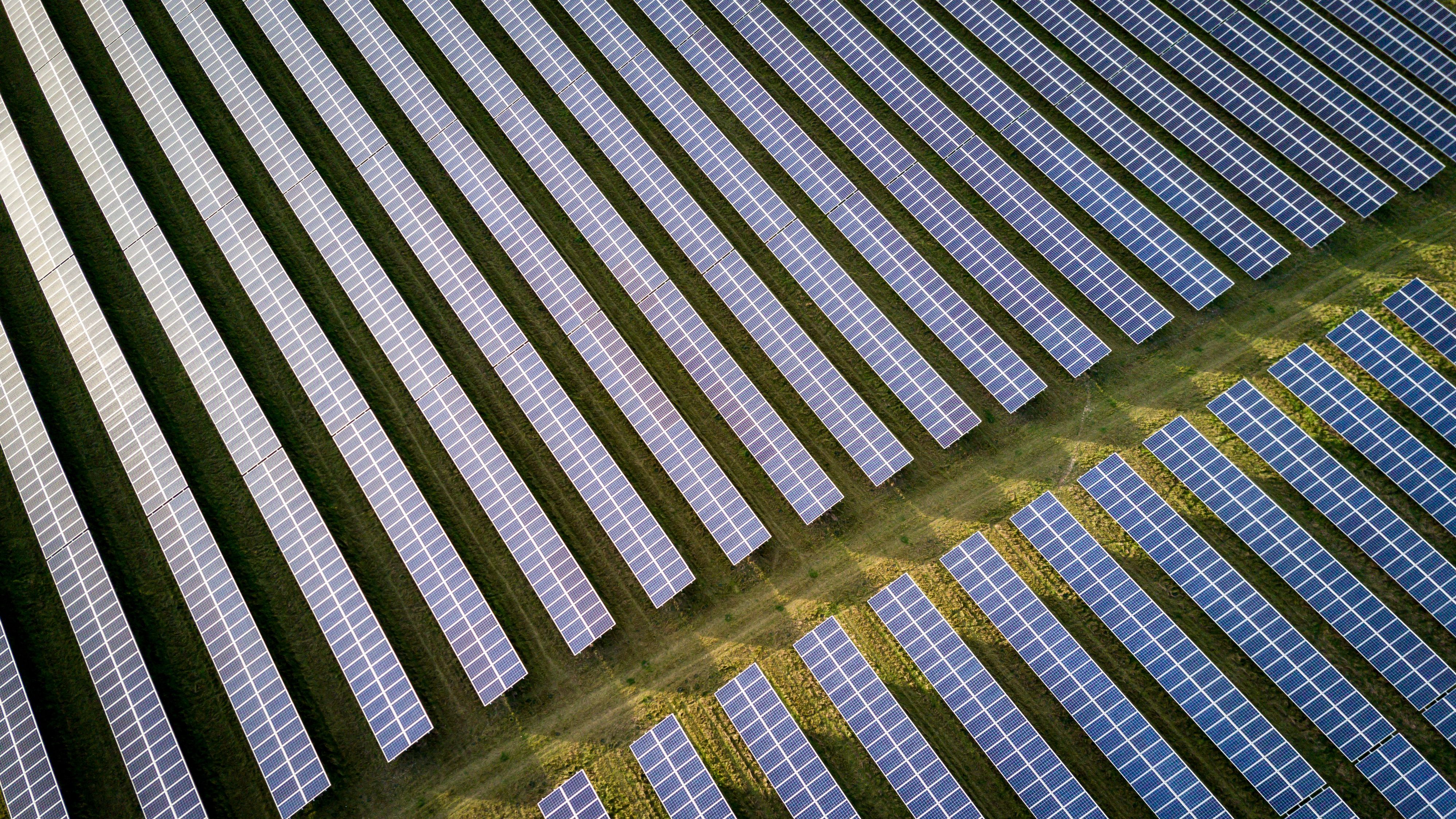
Rethinking costs to open the door to effective renewables
In 2005, Ofgem, the UK’s energy regulator, called for structural change to the way network costs were calculated and charged, publishing a consultation on the topic.
The issues at hand combined the need to reduce CO2 emissions, the impending arrival of widespread renewables, the potential high costs of connecting these new forms of generation to the network, and how to accelerate the drive for efficiency among operators.
At the time, DNOs were using flat-rate network cost charging schemes that effectively ignored both the location where electricity was generated and how it was distributed to the customer. Because of this, generation companies had no incentive to locate their generators closer to demand centres to minimise network costs – even though electricity distribution costs accounted for about a 21% of UK bills.
Research led by Prof Li submitted to the consultation recommended a new approach. Called ‘Long Run Incremental Costs’ pricing (or LRIC) – it was in 2008 approved by Ofgem, which required DNOs to adopt the practice, making it an industry standard.
Ofgem used evidence provided by the research team to show that uptake of LRIC would lead to savings of £200 million over 20 years and promote efficient use of existing infrastructure.
By linking location and demand to the cost of integrating renewable generation, LRIC enabled DNOs to provide the first financial incentives to generation operators to connect their facilities in efficient, low-cost locations. The methodology could map distribution systems of more than 2,000 connection points and produce long-term investment cost predictions in a fraction of the time that existing traditional approaches required.
Since 2008, research into the LRIC approach has been further enhanced by funding from the Engineering and Physical Sciences Research Council (EPSRC), WPD, Northern Powergrid, Npower and Centrica. The research received further funding and recognition in the form of an EPSRC Advance Research Fellowship and a Royal Society Wolfson Merit Award.
Beyond the UK, LRIC triggered reviews of transmission and distribution pricing in countries including Ireland, Brazil, India and China. It also led to the establishment of the IEEE International Working Group on Network Charging, which Prof Li chairs. Many of LRIC’s key researchers at Bath have subsequently taken key industry roles in network planning and pricing both in the UK and internationally.
Taking inspiration from the tech giants
One breakthrough in Furong’s work into making power networks digital came when a software engineer highlighted the ‘microservices’ architectures used and promoted by tech giants like Amazon and Google.
The team had been struggling to corral and keep updated the mass of data produced by power networks every day – fitting everything into a single workable program was proving impossible. When they instead broke down different aspects of the networks – supply, demand, renewable generation and so on – into microservice-like applications which could each be analysed, updated, and interrogated individually, the possibility of making live data openly available and offering a whole-system approach became possible.
The Digital Net Zero lab is now working to deliver shared frameworks for whole-system data provision to develop applications. As well as giving major players improved tools, the approach could also offer a more level playing field to renewable generation providers and startups, thanks to easier access to data. The lab’s models and tools will also aid scenario testing to predict future performance and create virtual representations of systems to improve data driven decision making.
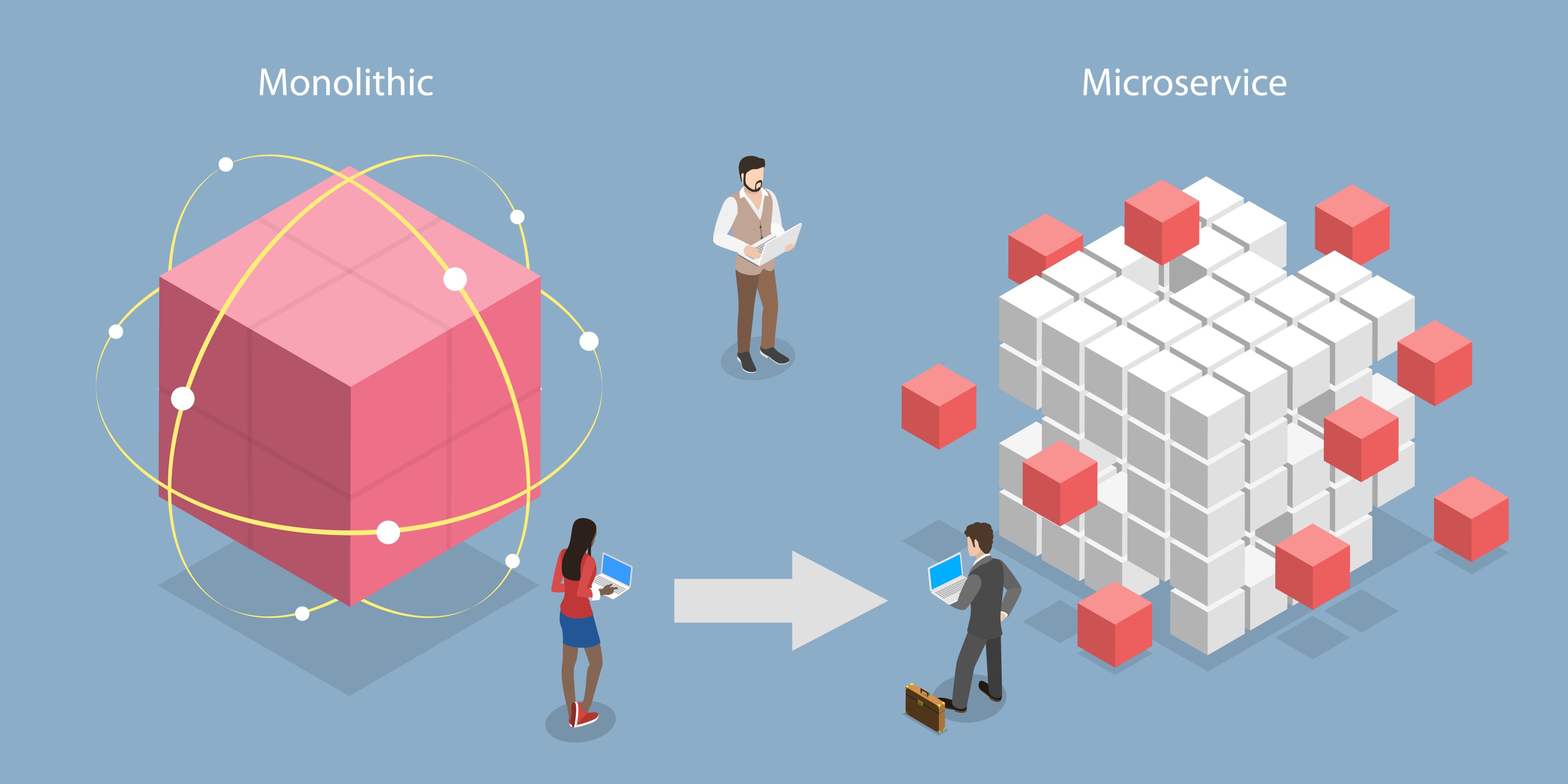
Taking inspiration from the tech giants
One breakthrough in Furong’s work into making power networks digital came when a software engineer highlighted the ‘microservices’ architectures used and promoted by tech giants like Amazon and Google.
The team had been struggling to corral and keep updated the mass of data produced by power networks every day – fitting everything into a single workable program was proving impossible. When they instead broke down different aspects of the networks – supply, demand, renewable generation and so on – into microservice-like applications which could each be analysed, updated, and interrogated individually, the possibility of making live data openly available and offering a whole-system approach became possible.
The Digital Net Zero lab is now working to deliver shared frameworks for whole-system data provision to develop applications. As well as giving major players improved tools, the approach could also offer a more level playing field to renewable generation providers and startups, thanks to easier access to data. The lab’s models and tools will also aid scenario testing to predict future performance and create virtual representations of systems to improve data driven decision making.
Global influence
While Prof Li’s impact on the UK energy industry is clear, research carried out at Bath is having a global impact too.
In collaboration with Cambridge University, our academics have set up a high-profile network with membership from the Government, Ofgem, and industry partners. In 2019, the group shared its 30-year experience of markets and regulation in the first UK-China Training Course in Power Markets, to support power sector reform in China.
A second meeting took place in 2021, now wholly funded by the Foreign and Commonwealth Development Office, a recognition of the diplomatic power of the exercise.
Prof Li says the workshops have proven important to making an impact on global emissions: “China’s low carbon transition is both urgent and challenging, as in 2019 coal still accounted for almost 60% of electricity generation in the country.
“Structural reform of the power sector is essential to ensure the cost of the low carbon transition is minimised for the 1.4 billion people who live in China. It’s pleasing to see that the UK is a recognised world leader in power markets, and that we were able to assemble a strong UK team to share the ideas, knowledge and experience from differing stages of market evolution.”
The British Embassy in Beijing commented: "The event represents a further advance of the UK’s efforts in supporting China’s power sector reform, and continuation of the University of Bath’s collaboration with leading Chinese academics, policy makers and Chinese energy industry."
Further research and educational partnerships have their sights set on reducing emissions worldwide, with one recent training course being held for professionals and researchers in Kenya, Nigeria and Uganda.
Current and prospective collaborations with institutions offer the chance to share and scale-up Bath’s research power, while addressing skills shortages overseas as well as in the UK.
Prof Li adds: “Critically, joint education programs will present the opportunity to educate future engineers and researchers to make a major contribution to global efforts toward net zero transition.”

Related information and links to research
F Li and D Tolley, “Long-run incremental cost – pricing based on unused capacity”, IEEE Transactions on Power Systems
F Li and D Tolley et al, “Framework for Assessing the Economic Efficiencies of Long-run Network Pricing Models”, IEEE Transactions on Power Systems
R Li, C Gu, F Li, G Shaddick, & M Dale, 'Development of Low Voltage Network Templates-Part I: Substation Clustering and Classification', IEEE Transactions on Power Systems
R Li, C Gu, F Li, G Shaddick, & M Dale, 'Development of low voltage network templates - Part II: peak load estimation by clusterwise regression', IEEE Transactions on Power Systems
Images copyright Nicolas Delves Broughton / University of Bath unless stated
Video copyright Simon Wharf / University of Bath unless stated

